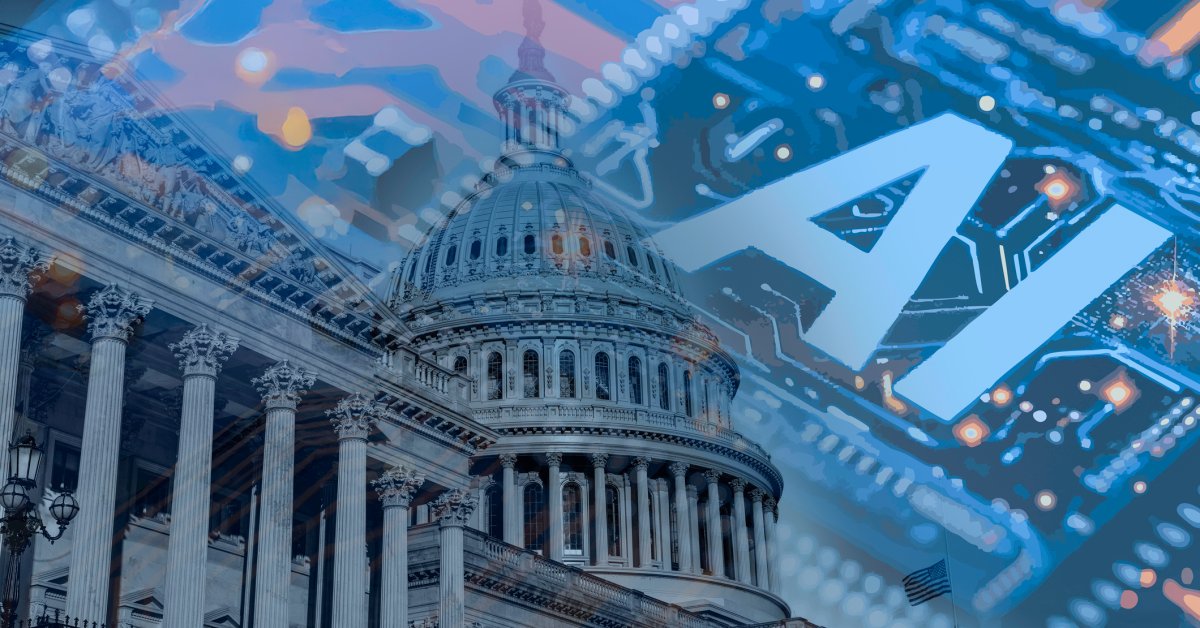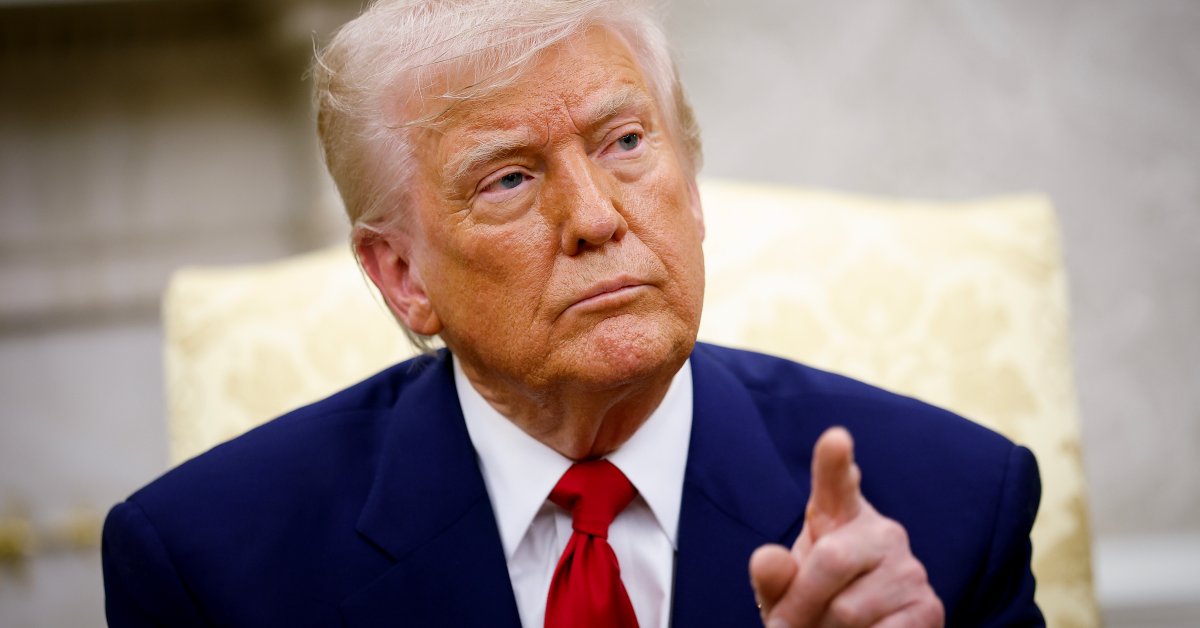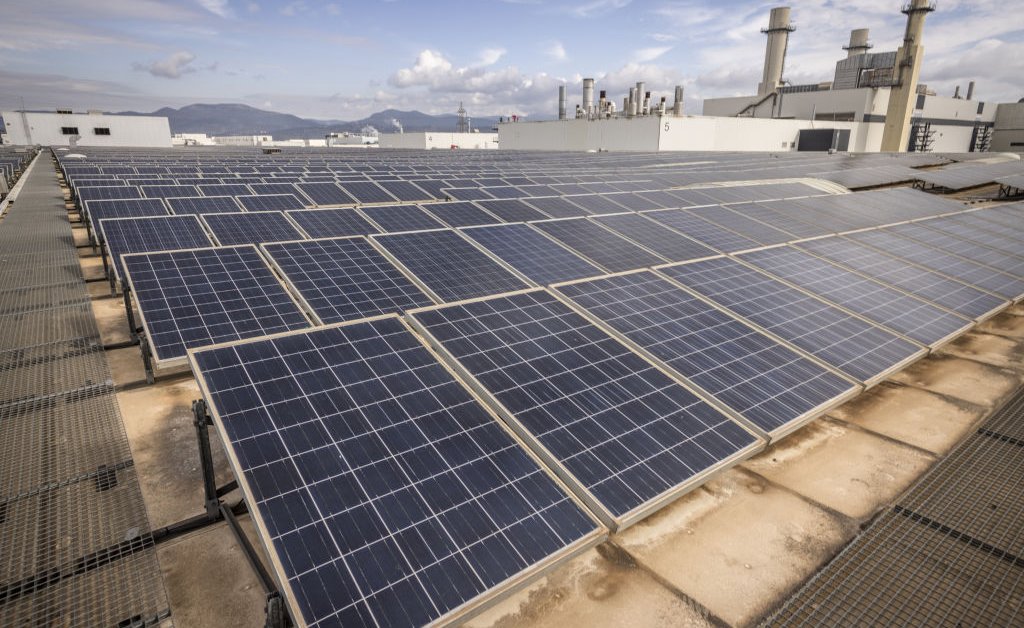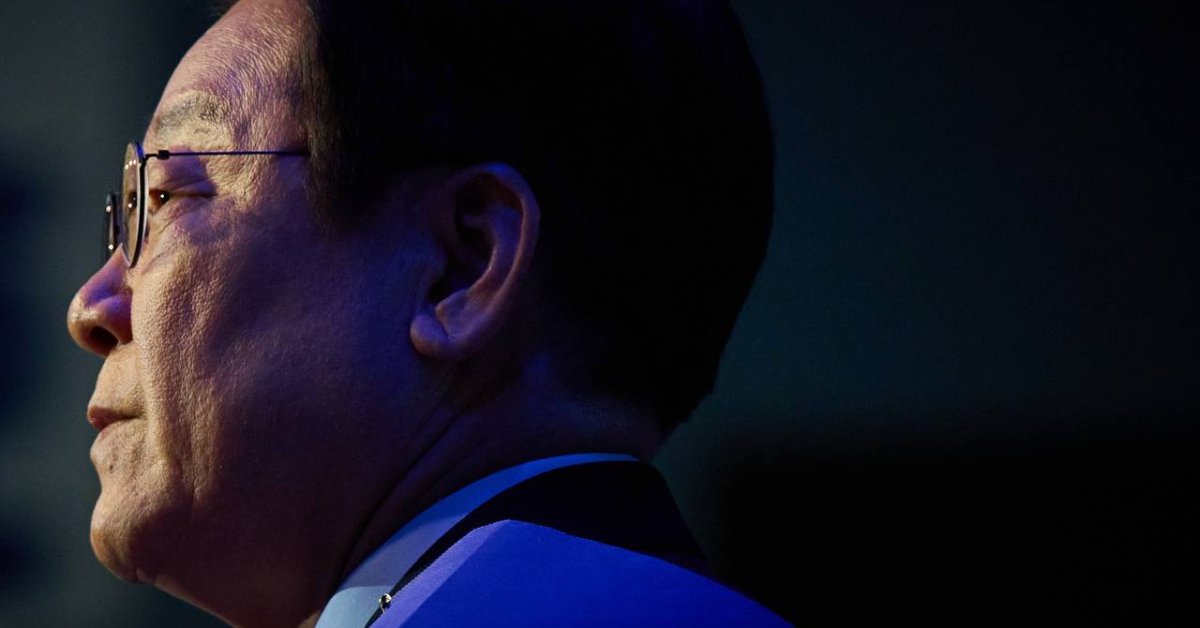
Few political leaders realize the rate at which artificial intelligence is racing ahead.
For decades, technological progress has been logged at a pace known as “Moore’s Law,” named after Gordon Moore, the co-founder of Intel who observed that the number of transistors on a microchip doubles approximately every 18 to 24 months.
Now, we are approaching “Nadella’s Law.” “Just like Moore’s Law, we saw the doubling in performance every 18 months with AI. We have now started to see that doubling every six months or so,” said Satya Nadella, CEO of Microsoft at the company’s annual Ignite conference in 2024.
[time-brightcove not-tgx=”true”]
As a result of this disruptive velocity, two significant consequences are on the immediate horizon
One is that we are quickly approaching a world in which AI agents can autonomously produce scientific advancements. AI is already being used in fields like biotech, in which AI models leverage biological research to quickly run experiments which can generate innovations in food production, medicine, and environmental protection. And in the field of materials science, AI is being used to design new materials for use in energy production, medicine, construction, electronics, and aerospace. Soon, AI models could perform the entire scientific method, without humans.
Read More: What Happens When AI Replaces Workers?
The other development is “agentic AI” that can execute increasingly complex workplace tasks without human intervention. This advancement, which experts say is probably a year away, will reinvent the workplace. Productivity will surge, the nature of white-collar work, and the number of white-collar workers, will change significantly.
Knowledge work will soon be conducted entirely in the digital world, and when AI is better at coding than humans are, there will be huge disruption in the labor market. For those in scientific research, paralegal work, accounting, analytics, graphic design and any entry-level desk job, the day when AI does your job might be just two to three years away.
And this trend of job-replacement will extend far beyond white-collar offices as driverless vehicles put truck, bus, and taxi drivers out of work.
That brings us to the politics.
In the beginning, most private- and public-sector organizations will resist the wholesale dislocation of huge numbers of workers for as long as they can. But when the next economic downturn hits, leaders of these organizations will face the first of many tough tradeoffs as they plot their path toward the future. Last fall, we got an early preview when thousands of American longshoremen and dockworkers went on strike over money, better benefits, and protection against “any form of automation—full or semi—that replaces jobs or historical work functions.” The strike ended with an agreement, but one that didn’t fully resolve the automation question. If you think populism plays a big role in politics now, you ain’t seen nothing yet.
There’s also a geopolitical dimension to AI’s rapid advance. A pitched battle has already begun, mainly between the U.S. and China, over access to the semiconductors, energy, and critical and rare earth minerals needed for the AI revolution. Trump’s recent decision to allow China to buy Nvidia’s most sophisticated chips underlined the leverage that China’s dominance of critical and rare earth mineral production and processing gives Beijing, at least until the US can develop capacities that narrow this advantage. But the deep underlying mistrust between Washington and Beijing continues undiminished.
In the past, national power has depended on geography, relative military strength, the cohesion of tribal identities, population size, the reliability of social safety nets, and vulnerability to climate change. In the years to come, these attributes will matter mainly for the impact they have on establishing AI dominance. The scramble for AI inputs, and the ability to deny rivals access to them, will determine the balance of power in the 21st century.
Here, the U.S. has important advantages—if it can keep them. America has the largest number of the so-called “hyperscalers,” cloud service providers that offer largest-scale computing, storage, and network resources which AI needs. Their superpower lies in their ability to quickly scale infrastructure to meet the demands of billions of people. Think Amazon’s AWS, Google Cloud, Microsoft’s Azure, Oracle Cloud, and IBM Cloud. Critically, the U.S. also has the world’s broadest financial, educational, and entrepreneurial ecosystem to support the continued growth of these companies and the technologies they’re now pioneering.
Unfortunately, the current U.S. government has embarked on political and policy strategies that will inflict lasting self-harm. Its attacks on American universities will increasingly leave the nation with less scientific funding, broken public-private sector relationships, and much less ability to attract the most ambitious, talented, and highly skilled international students and immigrant labor. By attacking America’s friends and allies through a variety of means and pushing their best students away from study in American universities, the Trump Administration is forcing others to hedge their bets on future cooperation and cross-fertilization of ideas. Taken together, these policies directly undermine America’s longer-term competitive advantages in the contests that will shape the future of national security and prosperity.
The Trump Administration’s foreign and trade policies are intended to overcome those challenges by using U.S. strength to ensure closer alignment of friends and containment of enemies, mainly China. Yes, the Chinese now have models that can compete with the Americans, including those by DeepSeek. But will they be able to power them? U.S. export controls on semiconductors and efforts to align other producers with them are designed to help America maintain its competitive edge against the one challenger with enough resources to compete effectively. No other countries come close.
During its final week in office, the Biden Administration issued the “AI Diffusion Rule.” This order placed other countries in three categories based on how likely they were to divert sensitive AI technologies to China, with varying levels of restriction on each group, especially for the export of closed-weight AI models that aren’t publicly available.
Read More: A Potential Path to Safer AI Development
In May, the Trump Administration ditched this three-tier strategy to create an “in or out” set of agreements that replace qualitative rules on who could access U.S. semiconductors with a quantitative approach that mandates at least 50% of data must be exported to the U.S. and no more than 7% can go to any one other country—read China. This latest strategy is designed, at least for as long as the agreement is in force, to ensure a dominant American position in AI development. Not surprisingly, this new rule is a big sticking point for Beijing in negotiations over U.S.-China trade and other critically important issues and will make it much harder to get to yes on all kinds of issues.
But the biggest problems created by the Trump team’s current fights with allies and adversaries are all longer-term. If the experts are right that AI will have genuinely transformative effects beginning in the next two to three years, it may not matter. For now, U.S. tech dominance is the biggest advantage Washington has.
In short, AI will have transformative effects on the domestic politics of every country where it is deployed at scale in the workforce. It will intensify the already contentious rivalry between Washington and Beijing—with direct implications for dozens of other countries. The need to think through the implications is urgent. This train is already in motion and beginning to gather speed.








